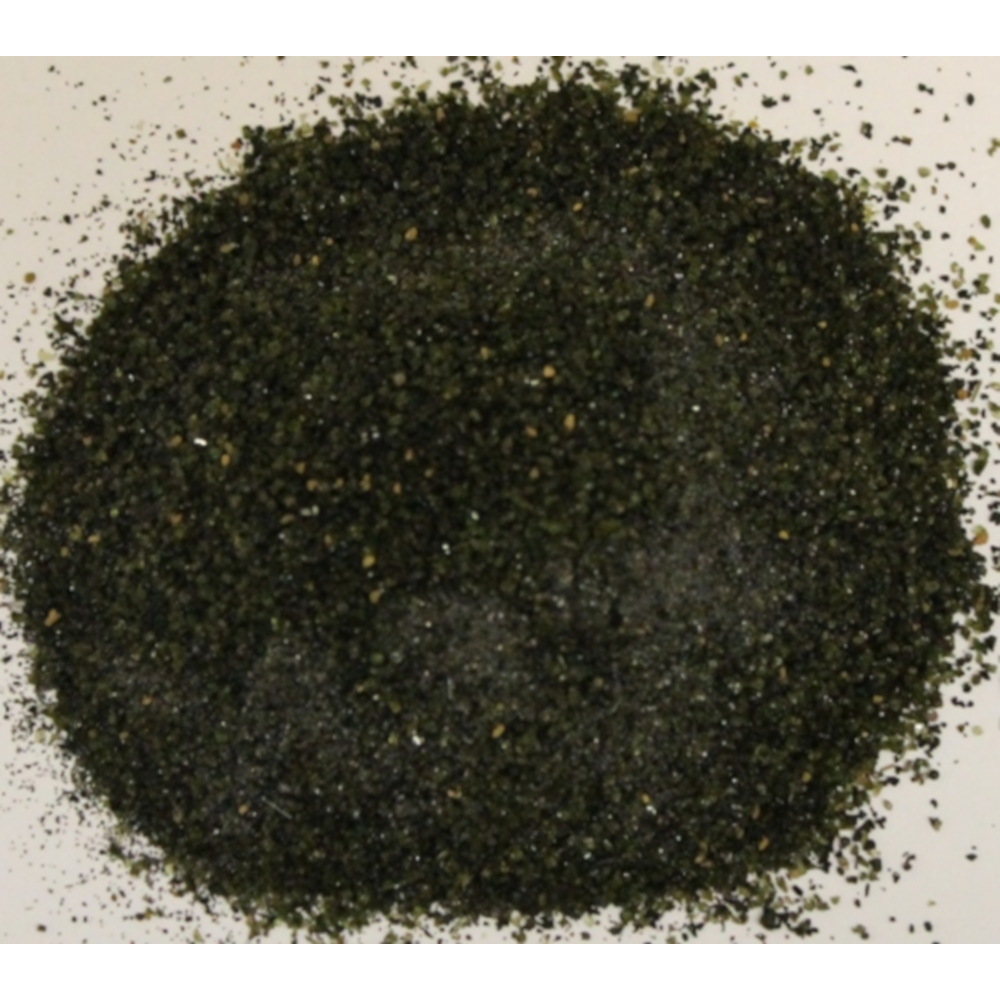What is Direct Material Mix Variance? Definition, Formula, Explanation, Analysis, And Example
- Posted by Admin Surya Wijaya Triindo
- On July 19, 2021
- 0

It is estimated that AI alone will increase data center power consumption by 200 terawatt-hours per year between 2023 and 2030. This material can remove 2,760 watts of heat from a small area of 16 square centimeters. It can cut the energy needed for the cooling pump, a significant piece of the overall electronics cooling puzzle, by 65%. The new discovery published in Nature Nanotechnology is part of a larger effort to realize the potential of thermal interface materials. These materials are designed to dissipate heat generated by electronic devices, reducing the need to cool those devices.
Yield variances
When calculating materials variances using variance analysis, one issue that can arise is that a product involves the use of more than one type of material. It should not be difficult for you to solve questions on direct material mix going forward. This completes the calculation of the mix variance, but remember, it is essential that, for every variance you calculate, to state whether it is favourable or adverse. Avoid leaving your calculations as simply positive and negative figures as this leads to confusion and may not be awarded marks. EXAMPLEWe will use this past exam question to demonstrate the calculation of the variances and analysis of performance.
About this article
This identifies the change in usage to achieve the actual volume of output and is termed the yield. This is the difference between the standard and actual prices multiplied by the actual quantities. What this means is that the production of a single product requires the use of more than one direct material.

Corresponding author
- The new material, made from a mix of liquid metal and aluminum nitride, is much better at conducting heat than current commercial materials, making it optimal for cooling.
- Find the approach that you prefer for the yield variance calculation and use this consistently.
- • Direct material yield variance.Standard quantity of material specified for actual production at standard prices less the actual total material input in standard proportions at standard prices.
- (4) In the ‘difference’ column, work line by line and find the difference between the AQSM and the AQAM.
- If different materials can be substituted, the mix variance measures the cost of any variation from the standard mix of materials.
- This article does not involve experiments with human participants or animals conducted by any of the authors.
To best evaluate the direct material mix variance, we therefore need to study it in the context of these relevant factors. In approaching variance analysis for these more sophisticated situations it is important to identify all the variable factors involved. Material Mix Variance is a key performance indicator (KPI) used in manufacturing operations to measure the impact of the difference between the actual mix of materials used in the production process and the budgeted or expected mix of materials. To complete the table, the actual quantity in the standard mix needs to be calculated using the standard proportions given in the question. In cells B4 to D4, calculate the amount of materials Alpha, Beta and Gamma that would have been used if the total quantity of 5,620kg had been input using the standard mix. When there is more than one input material, the material usage variance can be split into material mix and yield variances.
To save time in the exam, copy down the mix variance table – but take care to make sure it is then set up correctly as there are some differences. AUSTIN, Texas — A new cooling technology could change how heat is managed in electronic devices — from tiny semiconductors to massive data centers. Yield – an adverse total yield variance would suggest that less output has been achieved for a given input, i.e. that the total input in volume is more than expected for the output achieved. (4) In the ‘difference’ column, work line by line and find the difference between the AQSM and the AQAM. In the last column, multiply the difference by the standard price to get the mix variance. Material Mix Variance is a part of the Material Usage Variance and is included in the overhead manufacturing cost.
Advantages Of Material Mix Variance
Microstructural analysis using SEM, TGA, and FTIR highlighted a dense, crack-free matrix with extensive calcium aluminosilicate gel phases, particularly in the SP–CP mixture. Optimization through desirability profiling identified a 30% CP replacement as ideal for maximizing strength and workability. Controlled optimization of multi-component geopolymer synthesis using by-products streams proves to be a promising method for developing next-generation sustainable construction materials. The explosive growth of artificial intelligence, along with the continued proliferation of technology, is expected to drive significant increases in data center demand.
Discuss the issues that management should consider when setting standard material costs. ‘SQSM’ is the standard quantity of material used for actual production, shared in the standard mix. income tax brackets marginal tax rates for 2021 variance is only suitable for performance measurement and control where the proportion of inputs to the production process can be altered without reducing the effectiveness of the final product. It may not therefore be used in industries that require a high degree of precision in the input variables such as in the pharmaceuticals sector. For a full appreciation of the impact of the mix change, the sales variances would also have to be considered, although it is likely to take time for sales volumes to be affected.
The concept only yields useful information when it is possible to alter the mix of materials without reducing the quality of the resulting product below a minimum level. The material yield variance is calculated as the difference between the standard cost of the actual input materials in the standard mix, compared to the standard cost of the standard quantity of input materials in the standard mix. In a question, use either the usage variance or the mix and yield variances. Also, do not forget the material price variance in your analysis as this may provide additional information. This is calculated as the difference between the actual quantity of material valued at the actual cost and the actual quantity of material valued at the standard cost.
Any sales volume variance that does arise as a result of poor quality products is likely to arise in a different period from the one in which the mix and yield variances arose, and the correlation will then be more difficult to prove. Looking at the individual variances, Gamma has a very small favourable variance. Beta has a large favourable variance and Alpha has a large adverse variance.
This may result in, either higher or lower costs depending on whether the proportion of expensive materials used is higher or lower. Direct material mix variance is one of the two components of direct material quantity variance, the other component being direct material yield variance. A favorable material mix variance suggests the use of a cheaper mix of raw materials than the standard. Conversely, an adverse material mix variance suggests that a more costly combination of materials have been used than the standard mix. Material Mix Variance measures the impact of using a different mix of materials than planned or budgeted for during production.
If different materials can be substituted, the mix variance measures the cost of any variation from the standard mix of materials. Note that the sum of the standard mix of raw materials calculated above equals the actual total consumption of 500 tons. This is because in material mix variance, we are not concerned about the efficiency of raw material consumption but rather their relevant proportions. The materials mix variance indicates the cost of a change in the mix of materials and the yield variance indicates the productivity of the manufacturing process. The rationale embedded in the syllabus structure states that mixand yield variances and planning and operational variances areexplored and the link is made to performance management.



0 comments on What is Direct Material Mix Variance? Definition, Formula, Explanation, Analysis, And Example